Ever dreamed of having a gingerbread house like Hansel and Gretel’s? In the near future, edible houses might no longer just be found in fairy tales.
Tokyo University researchers Kota Machida and Yuya Sakai have developed a technology to transform food waste into potentially edible “cement” for construction use.
It is the world’s first process for making cement entirely from food waste.
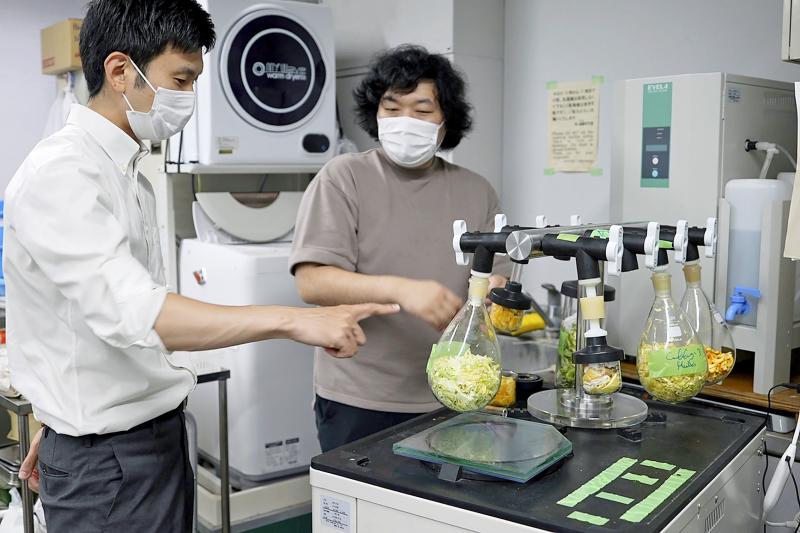
Photo: AP
The tensile, or bending, strength of their product is nearly quadruple that of ordinary concrete, the researchers said.
Machida and Sakai said they hope to help reduce global warming, alleviating problems related to the methane that food waste emits in landfills.
Sakai, an industrial science professor, developed the technology while researching sustainable materials that could replace cement-based concrete.
Cement production accounts for 8 percent of the world’s carbon dioxide emissions, think tank Chatham House has said.
Sakai first developed a way to make concrete by subjecting pulverized wood particles to heat compression. The three-step process of drying, pulverization and compression was done using simple mixers and compressors that are commercially available.
With his student Machida, Sakai did the same thing with food waste. Previous trials using food waste to make cement required plastics to be mixed in to get the materials to stick together.
After months of failures, they realized they could get the cement to bind by adjusting the temperature and pressure used.
“The most challenging part was that each type of food waste requires different temperatures and pressure levels,” Sakai said.
Other experiments in using food waste in construction have mainly focused on using stuff such as coffee grounds or biowaste ashes as filler in regular concrete.
Sakai and Machida said they have successfully made cement using tea leaves, orange and onion peels, coffee grounds, Chinese cabbage and even lunchbox leftovers.
They have adjusted flavors with different spices and found that the colors, scent and taste of the cement can be quite appealing.
To be able to eat the material, a person would need to break it into pieces and boil it, Sakai said.
To make the cement waterproof and protect it from being eaten by rodents and other pests, it could be coated with a lacquer.
Food waste is a huge problem throughout the world. Japan produced about 5.7 million tonnes of edible food waste in 2019 and the government aims to reduce that to about 2.7 million tonnes by 2030.
Last year, Machida started a company called Fabula Inc with two of his childhood friends. They are working with other companies to make cups, cutlery and furniture out of food cement.
The process could be used to make edible makeshift housing for people following disasters, Sakai said.
“For example, if food cannot be delivered to evacuees, they could eat makeshift beds made out of food cement,” he said.
The food cement can be reused and is biodegradable, so it can be buried when it is no longer needed.
“Our ultimate hope is that this cement replaces plastic and cement products, which have worse environmental impacts,” Machida said.
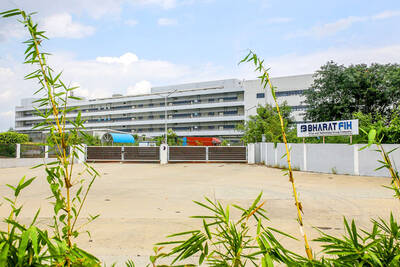
SETBACK: Apple’s India iPhone push has been disrupted after Foxconn recalled hundreds of Chinese engineers, amid Beijing’s attempts to curb tech transfers Apple Inc assembly partner Hon Hai Precision Industry Co (鴻海精密), also known internationally as Foxconn Technology Group (富士康科技集團), has recalled about 300 Chinese engineers from a factory in India, the latest setback for the iPhone maker’s push to rapidly expand in the country. The extraction of Chinese workers from the factory of Yuzhan Technology (India) Private Ltd, a Hon Hai component unit, in southern Tamil Nadu state, is the second such move in a few months. The company has started flying in Taiwanese engineers to replace staff leaving, people familiar with the matter said, asking not to be named, as the
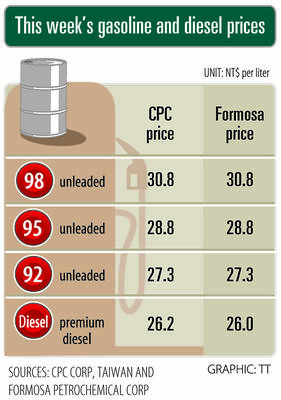
The prices of gasoline and diesel at domestic fuel stations are to rise NT$0.1 and NT$0.4 per liter this week respectively, after international crude oil prices rose last week, CPC Corp, Taiwan (台灣中油) and Formosa Petrochemical Corp (台塑石化) announced yesterday. Effective today, gasoline prices at CPC and Formosa stations are to rise to NT$27.3, NT$28.8 and NT$30.8 per liter for 92, 95 and 98-octane unleaded gasoline respectively, the companies said in separate statements. The price of premium diesel is to rise to NT$26.2 per liter at CPC stations and NT$26 at Formosa pumps, they said. The announcements came after international crude oil prices
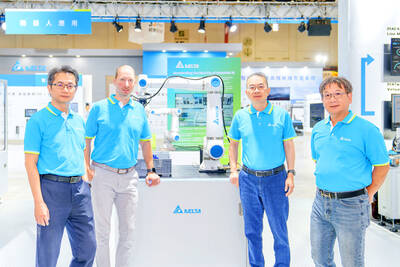
STABLE DEMAND: Delta supplies US clients in the aerospace, defense and machinery segments, and expects second-half sales to be similar to the first half Delta Electronics Inc (台達電) expects its US automation business to remain steady in the second half, with no signs of weakening client demand. With demand from US clients remaining solid, its performance in the second half is expected to be similar to that of the first half, Andy Liu (劉佳容), general manager of the company’s industrial automation business group, said on the sidelines of the Taiwan Automation Intelligence and Robot Show in Taipei on Wednesday. The company earlier reported that revenue from its automation business grew 7 percent year-on-year to NT$27.22 billion (US$889.98 million) in the first half, accounting for 11 percent
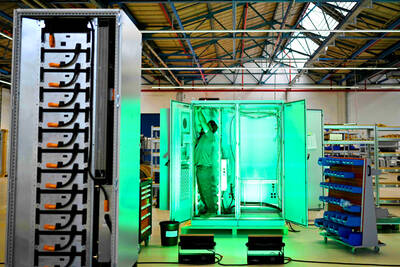
A German company is putting used electric vehicle batteries to new use by stacking them into fridge-size units that homes and businesses can use to store their excess solar and wind energy. This week, the company Voltfang — which means “catching volts” — opened its first industrial site in Aachen, Germany, near the Belgian and Dutch borders. With about 100 staff, Voltfang says it is the biggest facility of its kind in Europe in the budding sector of refurbishing lithium-ion batteries. Its CEO David Oudsandji hopes it would help Europe’s biggest economy ween itself off fossil fuels and increasingly rely on climate-friendly renewables. While